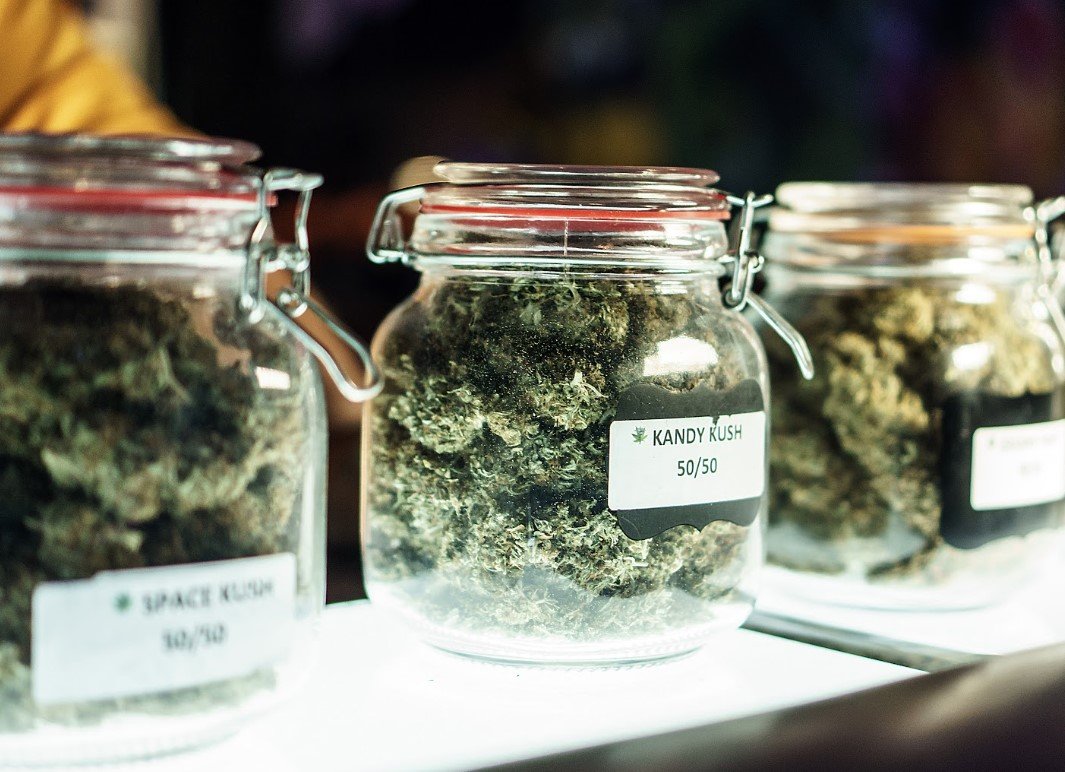This October marks the second anniversary of Vermont’s legal cannabis marketplace. Since its launch in 2023, the industry has expanded significantly, growing from fewer than a dozen stores to more than 80 today. With cannabis sales exceeding initial projections and generating significant revenue for the state, Vermont’s marketplace has made strides—though challenges remain on the horizon.
Cannabis Sales Surpass Projections
The Vermont cannabis market has outperformed expectations. While the state initially forecasted sales of around $85 million for fiscal year 2024, the market has surged, totaling nearly $130 million and contributing approximately $25 million in new revenue for Vermont.
- Projected sales: $85 million
- Actual sales: $130 million
- Tax revenue generated: $25 million
The expansion from a small number of shops to over 80 has driven this growth, solidifying cannabis as a key player in Vermont’s economy. However, leaders in the industry acknowledge that maintaining sustainable growth while tackling emerging challenges is essential.

A Focus on Craft Cannabis and Consumer Relationships
One of the primary goals of the Vermont Cannabis Control Board has been to bring legacy growers into the legal system and encourage them to develop unique, high-quality products. James Pepper, chairman of the Cannabis Control Board, believes Vermont’s cannabis producers are following in the footsteps of the state’s renowned craft beer and cheese industries.
Pepper emphasized the importance of giving local growers a platform to tell their stories and build demand for their products directly with consumers. However, the current regulatory framework does not permit direct sales from growers to customers, which has created some frustrations within the industry.
Geoffrey Pizzutillo, executive director of the Vermont Growers Association, said that allowing direct sales would offer growers more opportunities to earn sustainable livelihoods, much like other agricultural producers.
Opt-In Provisions and Market Saturation
While the cannabis marketplace has seen rapid growth, one pressing challenge is market saturation in some areas. Under Vermont’s opt-in system, towns must vote to permit cannabis retailers. Currently, about a third of Vermont’s towns allow retail stores, but many rural areas remain off-limits, which has resulted in clusters of cannabis shops in urban centers like Burlington.
- Problem: Retailers concentrated in select urban areas.
- Opt-in law: A town must vote to permit cannabis stores.
- Proposed change: Shift to an opt-out system where stores are allowed unless the town votes otherwise.
Pepper acknowledges the difficulty in passing opt-out legislation, given the political dynamics at the Statehouse. As an alternative, the Cannabis Control Board is considering limited licenses for grocery and convenience stores to sell cannabis products like pre-rolls, similar to tobacco sales.
Debate Over Public Consumption
The Vermont Growers Association is also pushing for legal public consumption of cannabis in areas where tobacco use is permitted. Pizzutillo points to neighboring New York and Canada, where public consumption is allowed, as examples Vermont could follow. A proposal for public consumption legislation is expected to be introduced in January 2025, though it will likely face a heated debate.
Pizzutillo explained, “New York State has public consumption. Canada has public consumption. So, we are sandwiched between two large areas where people can use cannabis without stigma. Vermont should have that option too.”
Navigating Future Challenges
The next few years are critical for Vermont’s cannabis industry. With federal legalization still uncertain, the focus remains on building a strong local market. The state aims to balance growth with regulation while exploring innovative solutions, such as introducing cannabis to grocery stores and permitting public consumption.
The Vermont marketplace has shown that it can thrive, but careful management will be essential to prevent oversaturation and ensure long-term sustainability. As the industry continues to evolve, Vermont’s unique approach to craft products and consumer-first policies may set it apart.
Michael Brown is a seasoned journalist with a knack for uncovering compelling stories within the realm of cannabis. Through his investigative reporting and in-depth analysis, he sheds light on the regulatory challenges, market trends, and societal impacts of the burgeoning cannabis industry. Michael’s commitment to objective journalism and ethical reporting makes him a trusted voice in providing readers with balanced and informative articles about this rapidly evolving landscape.








